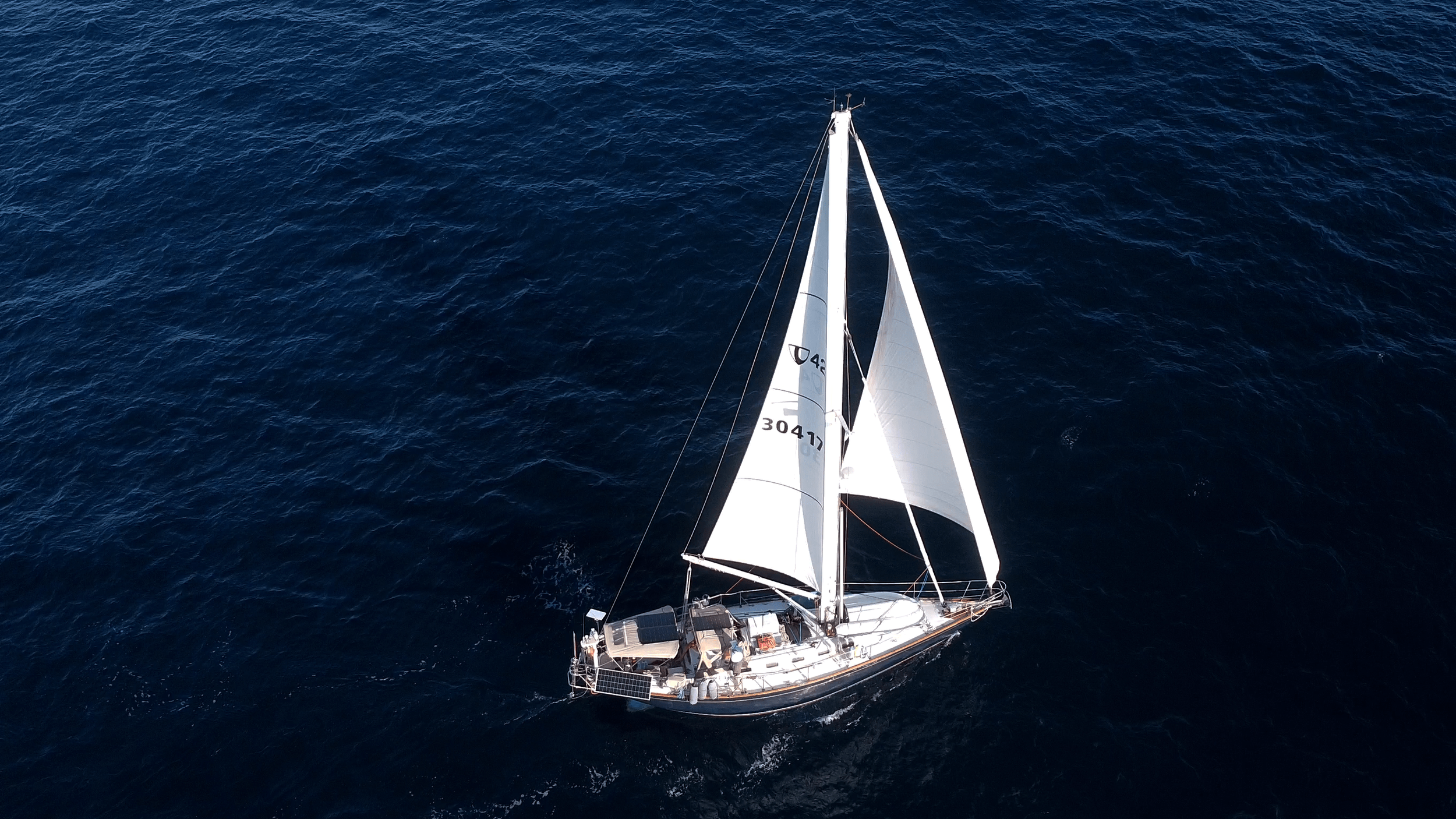Off the Grid but Fully Connected in Mexico
From LightLeaf Ambassador Kayleen VanderRee
When I pictured sailing to Mexico, I thought we would have no problem harnessing the sun’s power with our existing set up. It turns out cheaping out on flexible 100W solar panels from Amazon was a poor investment and by the time we got to San Diego, we were having trouble even keeping up with our consumption from our fridge. With 700W in total, it should be more than enough!
We limped down the Baja Coast, we did lots of motoring along the way, so we just had to be mindful of any extra consumption on days we weren’t motoring, especially with our new Starlink that we would plug in for 30 minutes at a time to check weather and connect with the rest of the world. But by the time we got to the mainland, I was quickly realising that our solar couldn’t keep up with our consumption. After some sleuthing it turned out that our 1.5 year old flexible panels were already at about 50% efficiency and one had stopped working completely.
I replaced all three panels with the gLeaf panels, which was an easy swap, as I kept the same configuration. They were 100W panels wired in series and attached to our Bimini and dodger. The lightweight rigid design meant that we could now lay them fore to aft supported by the aluminum frames and the drillable outside frame of the panels meant that we could customize where the holes were to attach to the existing grommets I had previously installed in the canvas. The new installation is solid, and even better our solar production has over tripled.
We’ve been at anchor for 3 days now and our new setup has kept up with the watermaker, an hour or two of running Starlink, making ice in our freezer, and even editing photos and videos on my desktop computer. All without having to top up our batteries through our engine’s alternator. We are fully running off the grid without having to compromise the non-essentials. It’s been really refreshing to enjoy my time at anchor without having to continually stress about the battery voltage and having to run the engine each evening.




